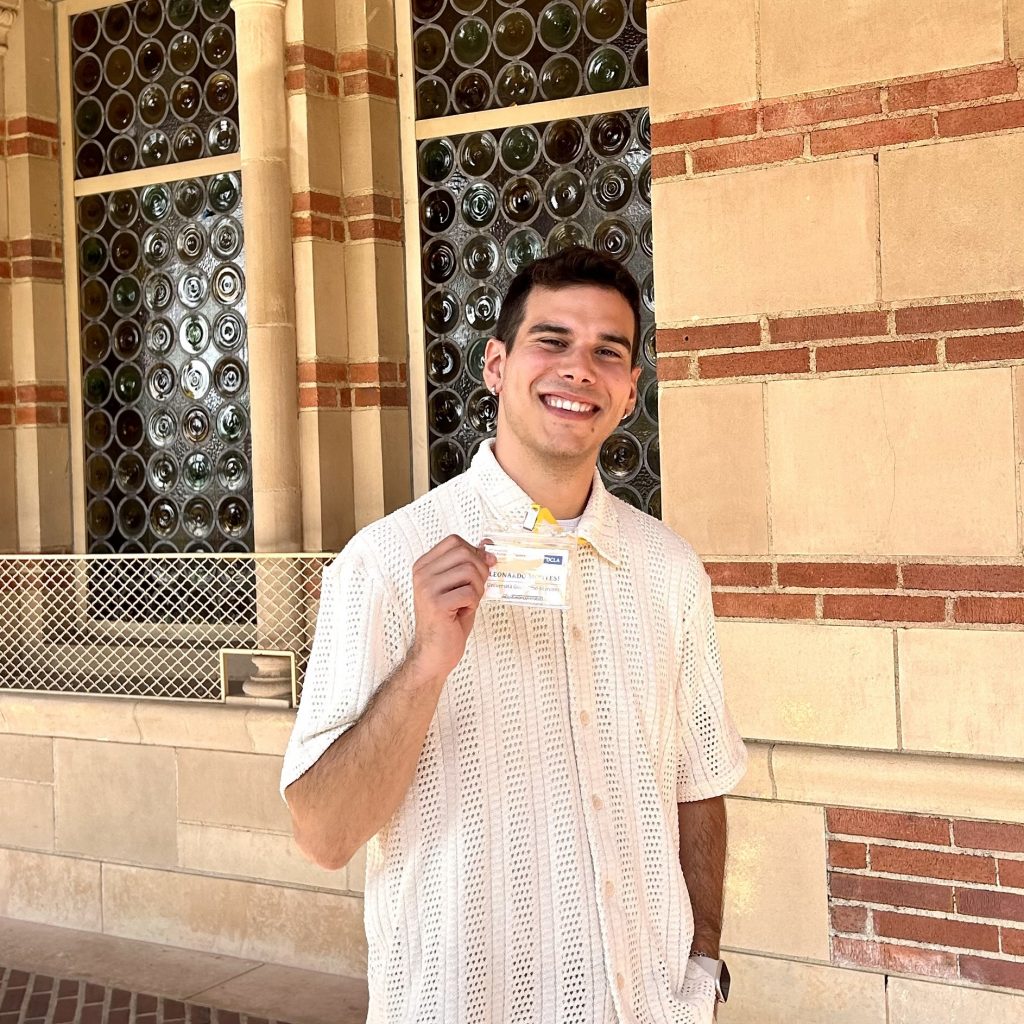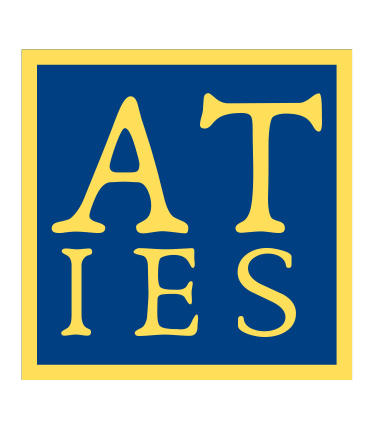Leonardo Montesi

Leonardo Montesi (b. 14 June 1999, Pontedera) is currently a Ph.D. candidate (39th cycle) in Historical and Theoretical Linguistics (Human Sciences) at “Guglielmo Marconi” University. His research project focuses on diachronic derivational morphology, specifically on –ti– and –tu– deverbal nouns in Vedic Sanskrit (supervisors: Prof. Luca Alfieri, Prof. Roberta Melazzo). He also serves as teaching assistant at the same university (Sociolinguistics, Prof. Luca Alfieri; Latin Grammar, Prof. Letizia Broganelli), and at the University of Pisa (Glottology, Greek Linguistics, Prof. Domenica Romagno). He completed both his BA and MA in Glottology at the University of Pisa with highest honors (110/110 cum laude), working first with Prof. Franco Fanciullo on Mycenaean between Aegean-Anatolian isoglosses and Indo-European heritage (Thesis: Tra concordia discors e reductio ad unum: la facies linguistica del miceneo, 6/6 Excellent), then with Prof. Domenica Romagno on Indo-European endocentricity in Vedic, Avestan, and Greek (Thesis: I percorsi dell’endocentrismo indoeuropeo in prospettiva comparativo-ricostruttiva: la testimonianza di greco antico, vedico e avestico, 6/6 Excellent). He has participated in ten international conferences (including Vienna, Poznań, Singapore, and the United States) with individual and collaborative presentations (with Prof. Luca Alfieri, Dr. Daniela Baldassarre, and Dr. Diego Luinetti), and has two publications forthcoming: Montesi (2025), Compounded Loanwords Between Historical Morphophonology and Semantics: The Ancient Greek (and Latin) Names of Candragupta Maurya and Montesi (2025), When Language Remembers What Culture Forgets: Indo-European Curses in Indo-Iranian, Greek, and Hittite. He is a member of AISS (Italian Association for Sanskrit Studies), SLE, and ALT, and a collaborator in the Vedic section of the PaVeDa project at the University of Pavia. His main research interests include derivational morphology, Indo-European and Indo-Iranian linguistics, linguistic and cultural reconstruction (especially within the Indo-Iranian area), and nominal composition.



